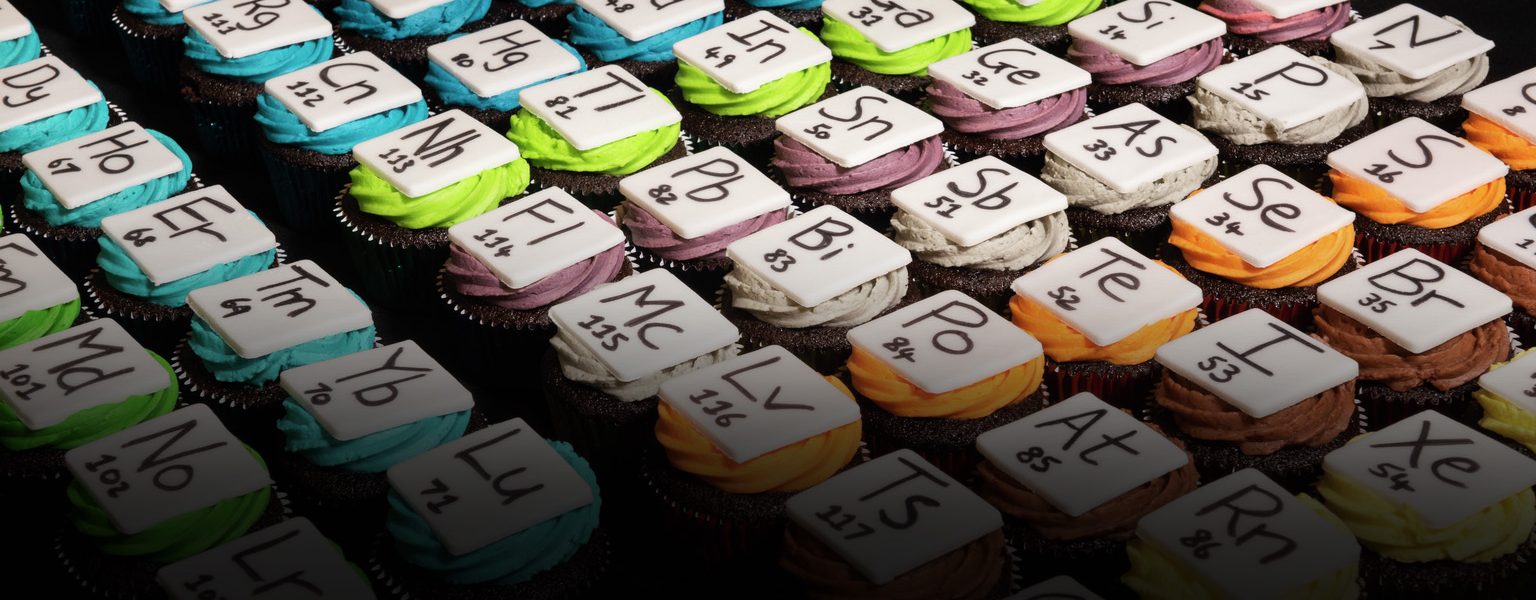Next month (September 2019), the UK’s leading body advancing the central role of chemistry in everyday life will throw open its doors to the public as part of Open House London and a continuation of the celebrations of the 150th anniversary of Dmitri Mendeleev’s periodic table.
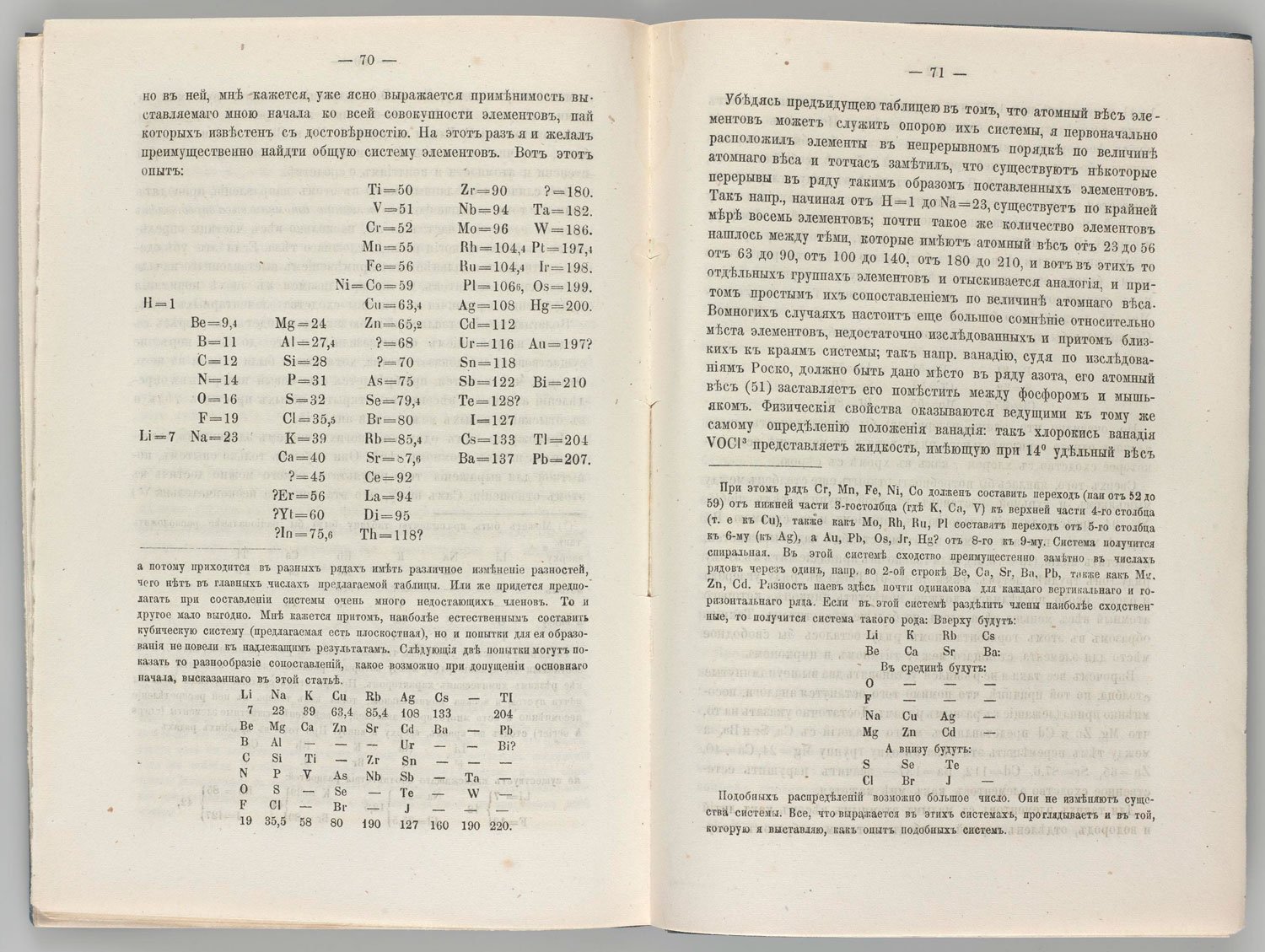
Visitors to the Royal Society of Chemistry’s (RSC) base at Burlington House in Piccadilly, London, will be able to discover the history of this illustrious society, get hands-on with chemistry and enjoy activities with Science Museum’s curators who are seeking new chemistry objects to add to the national collection.
This annual event contributes to ChemFest 2019, the brainchild of Dame Mary Archer, Chair of SMG, to celebrate the International Year of the Periodic Table (IYPT), the grid-like arrangement of the elements that reveals a remarkable periodicity in their affairs, such as how they react with each other.
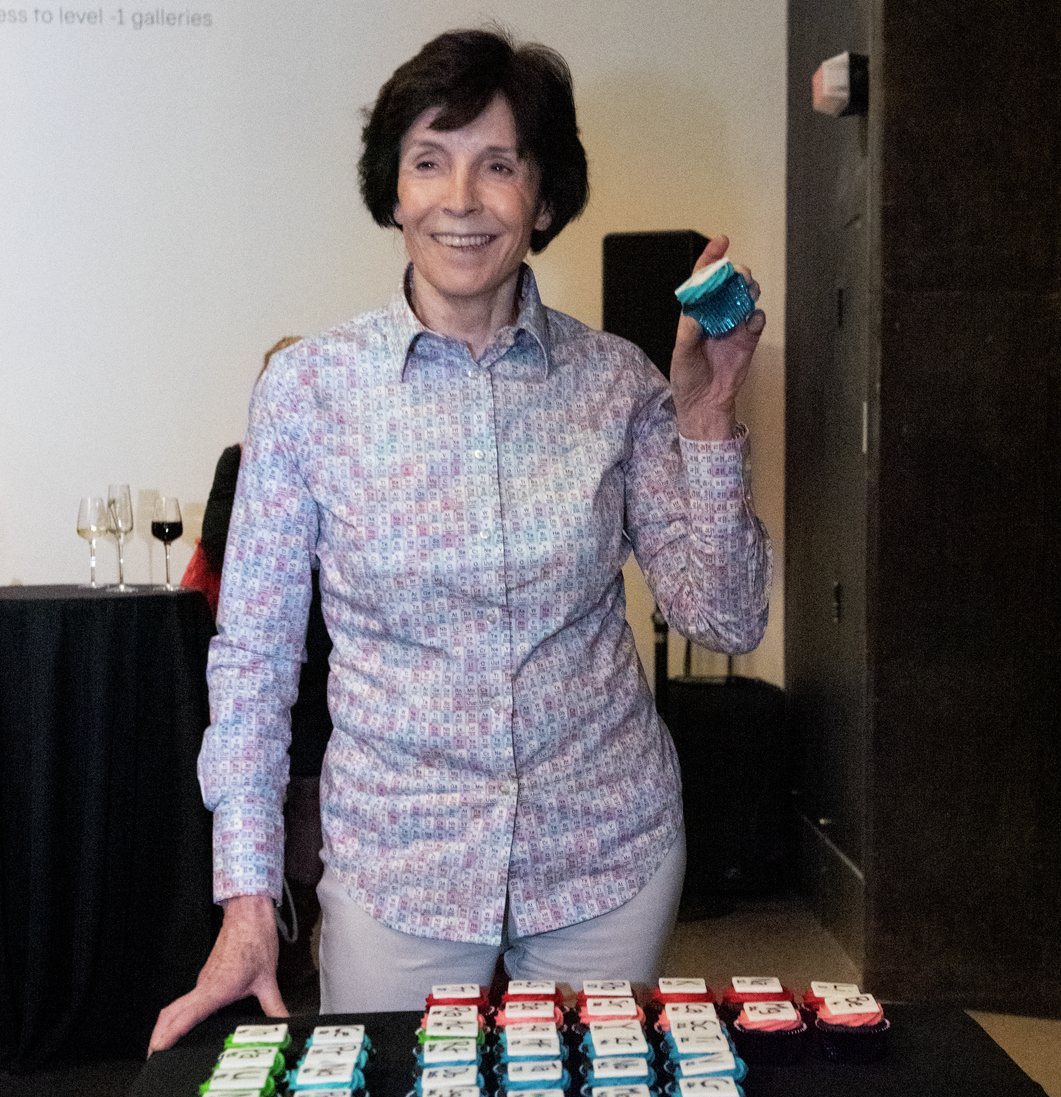
150 years ago, the table allowed Mendeleev to infer the existence of as yet undiscovered elements. Today, the grid is understood in terms of the behaviour in atoms of electrons, governed by quantum theory, and is very much a living thing helping chemists seek super-heavy elements and exotic chemistries in a vast, unknown landscape of possibilities.
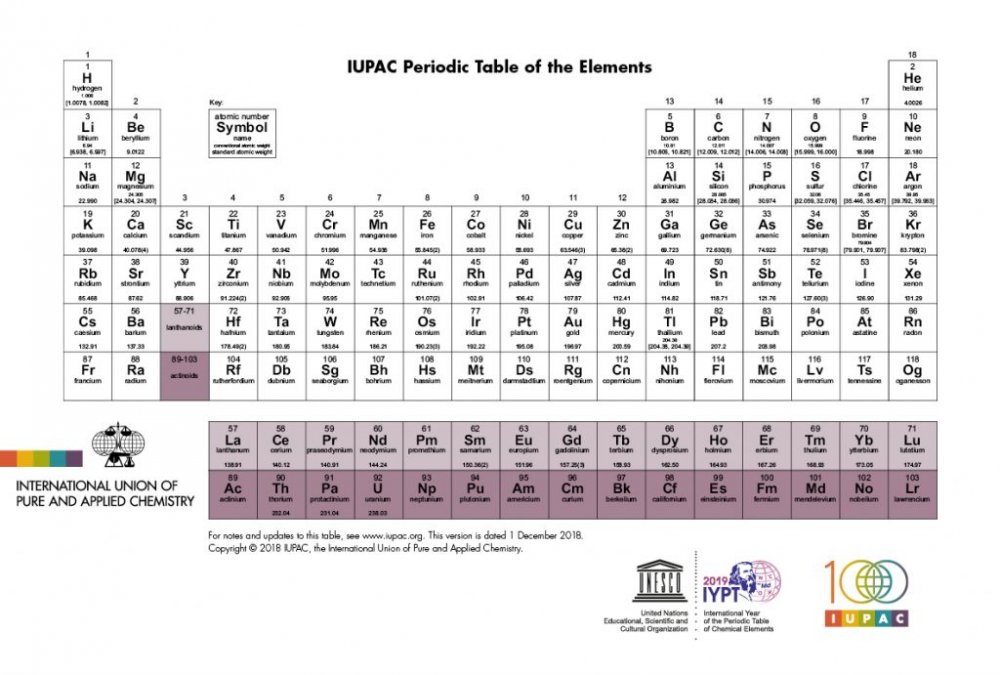
© IUPAC (International Union of Pure and Applied Chemistry), 2018
To celebrate this most iconic of chemistry icons, ChemFest 2019 has seen an unprecedented collaboration between the Science Museum, RSC and others including the V&A, the Natural History Museum, The Royal Albert Hall, The Royal College of Art, Imperial College London and the Royal Commission for the Exhibition of 1851.
To date, there have been over 30 events at the Science Museum and throughout South Kensington.
For the millions of people who are our online visitors, Associate Curator of Chemistry Rupert Cole has written Science Museum chemistry-themed blogs tackling topics from the seaside to sun cream, the Curies’ discovery of radium, and, of course, a number on the periodic table to tie in with IYPT.
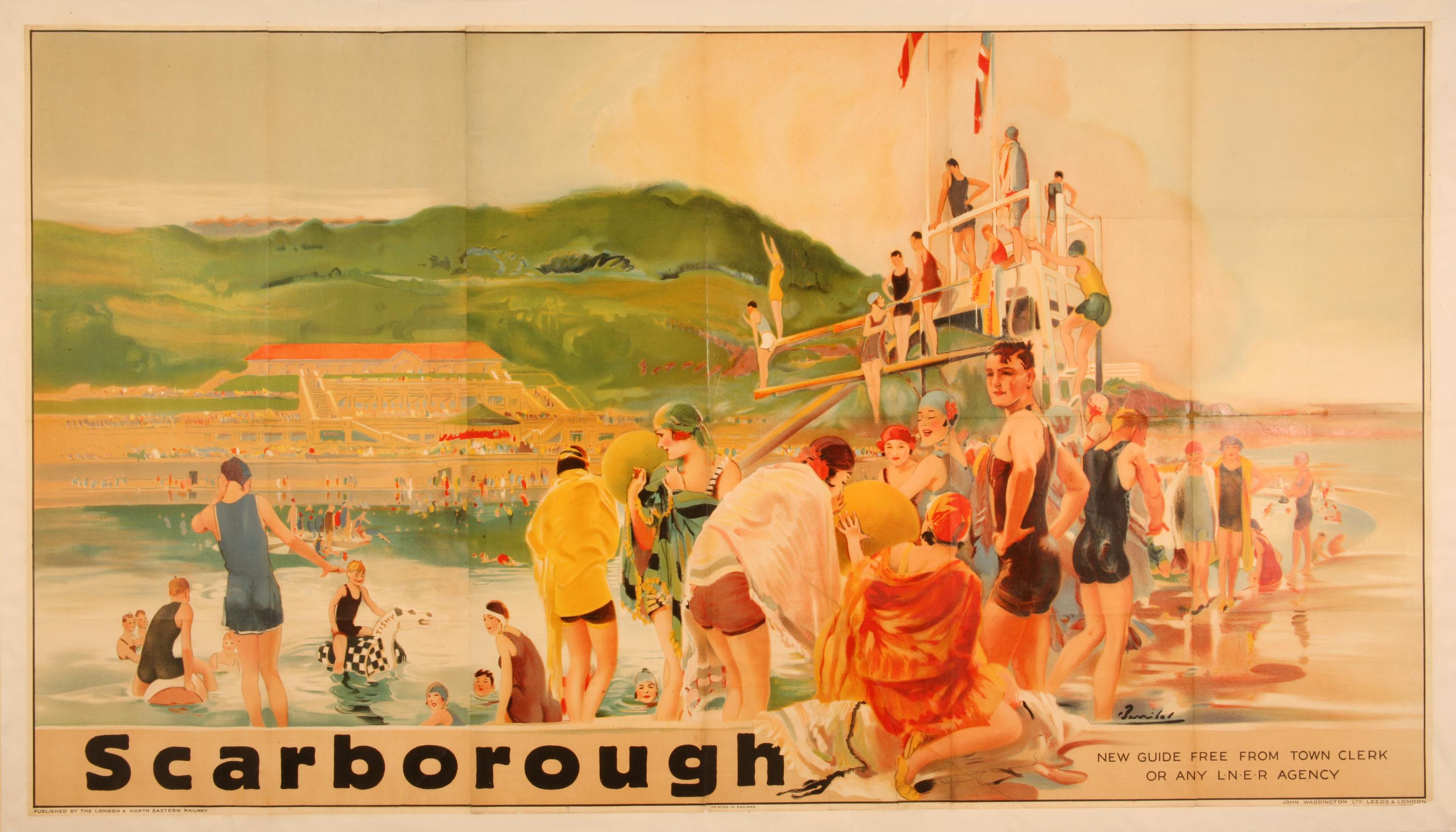
We also had a guest blog series written for the RSC’s website, entitled ‘Diary of a Chemistry Curator’.
In a new section of our website, Objects and Stories, we are releasing curated chemistry narratives showing off the Science Museum Group Collection, including video highlights. So far there have been stories on alternative periodic tables, artificial dyes, chemistry sets, and atmospheric pollution.
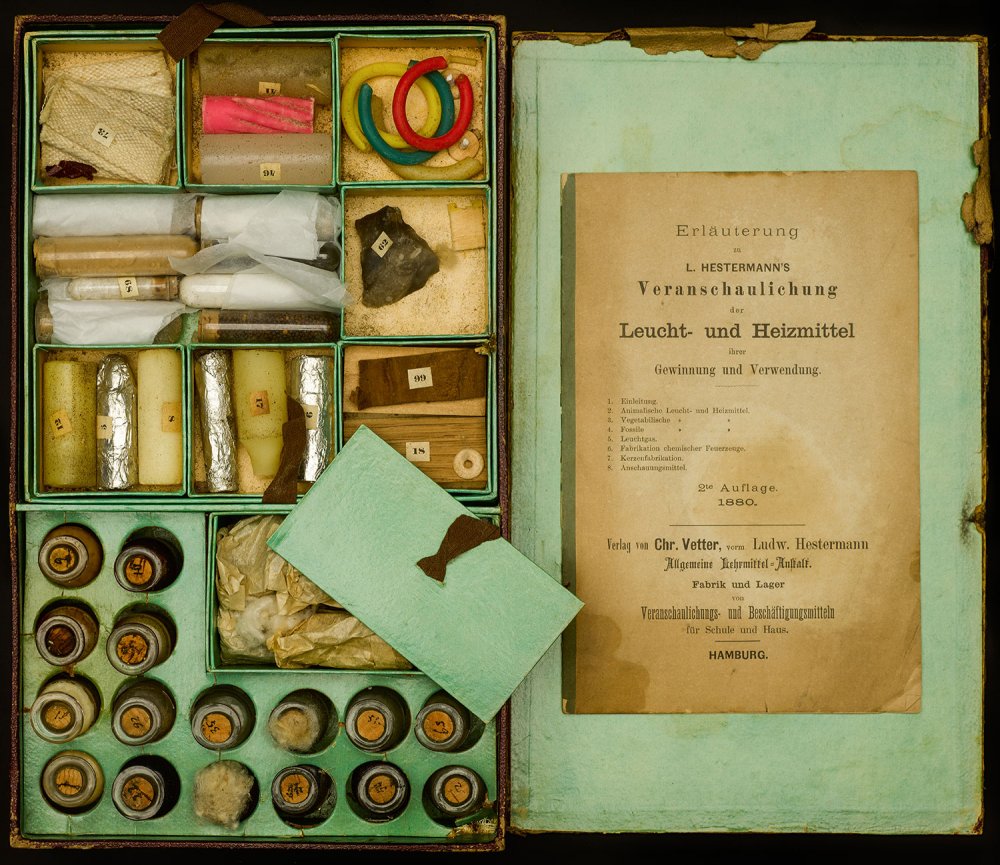
ChemFest got off to what Dame Mary called ‘a flying start’ in early March when we unveiled a celebratory display which included an 1869 journal containing Mendeleev’s first published periodic table as well as a collection of elements that were amassed a few decades later by French politician and linguist Prince Louis Lucien Bonaparte. In one of the most prominent places in the museum, it has been seen by a significant proportion of the Science Museum’s 3.2 million annual visitors.
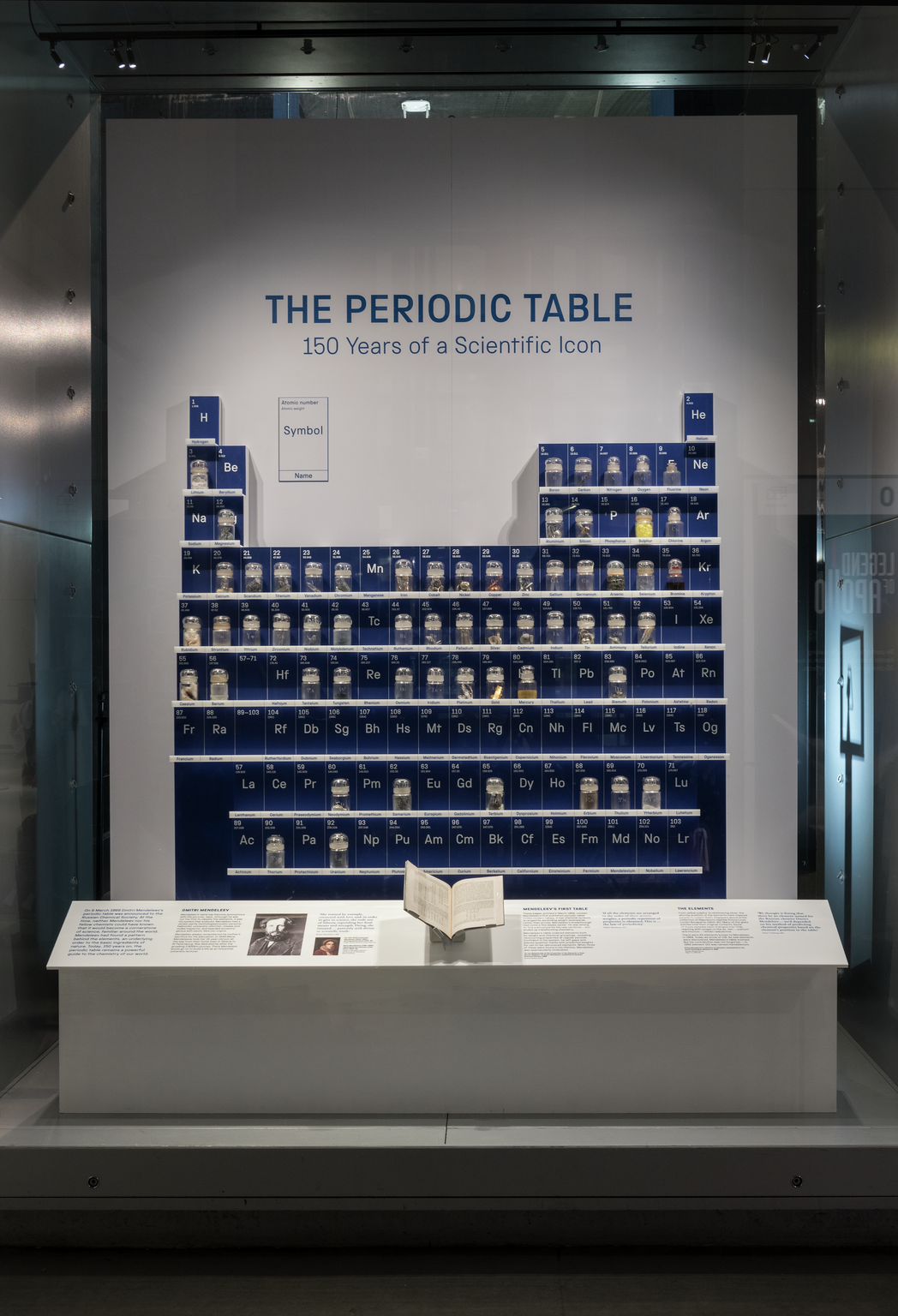
At the launch event, Dame Mary organised and chaired a panel discussion in the museum, including chemists Professor Emma Raven of the University of Bristol, Professor Elise Cartmell of Scottish Water, Professor Andrea Sella of UCL and Professor Sir Martyn Poliakoff of the University of Nottingham, who with his friend from St Andrews, David Cole-Hamilton, pushed for the IYPT to take place three years ago.
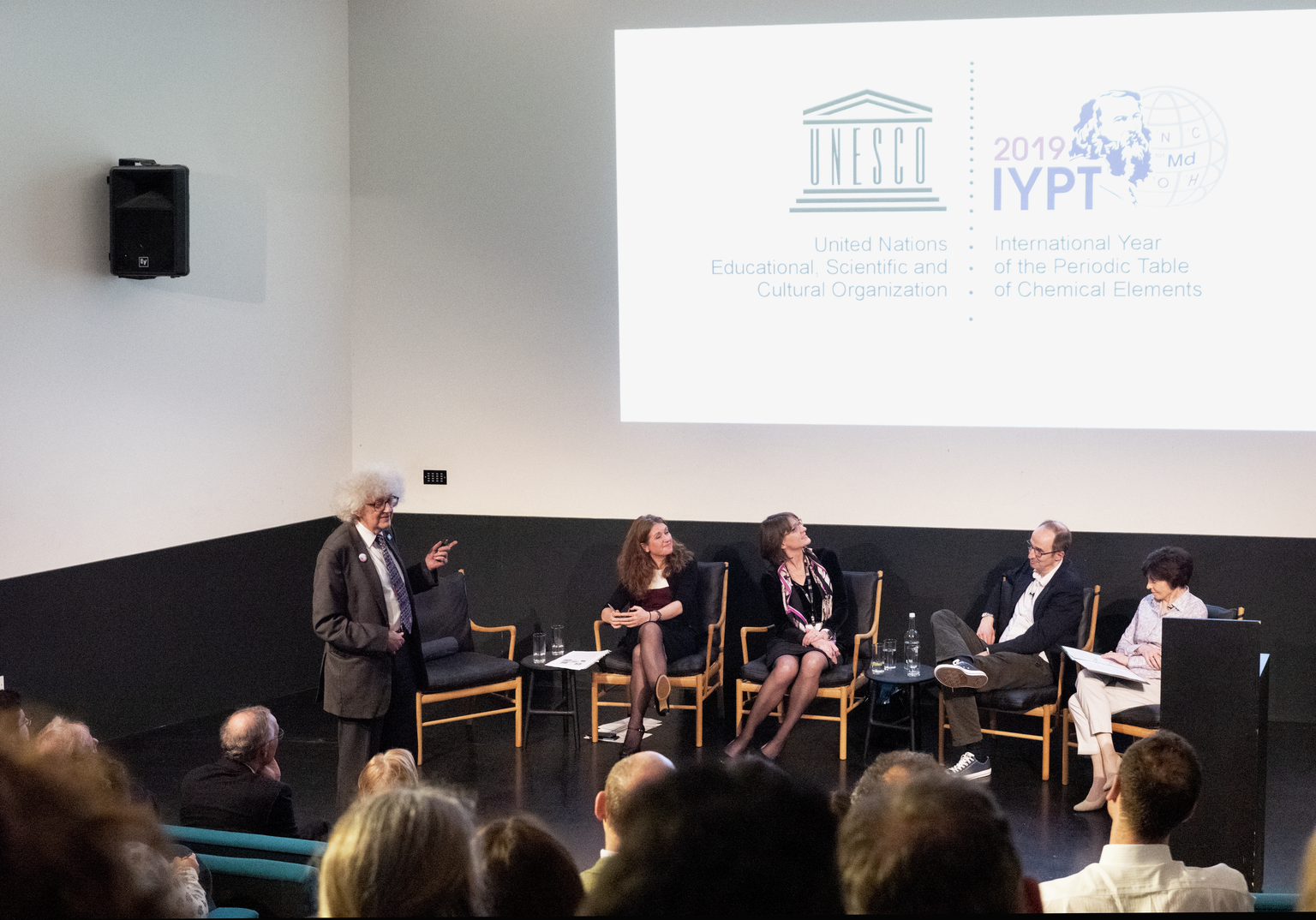
Their lively discussion ranged from the history of the periodic table to Sir Martin discussing a new periodic table based on the scarcity of elements, especially in relation to smartphone production.
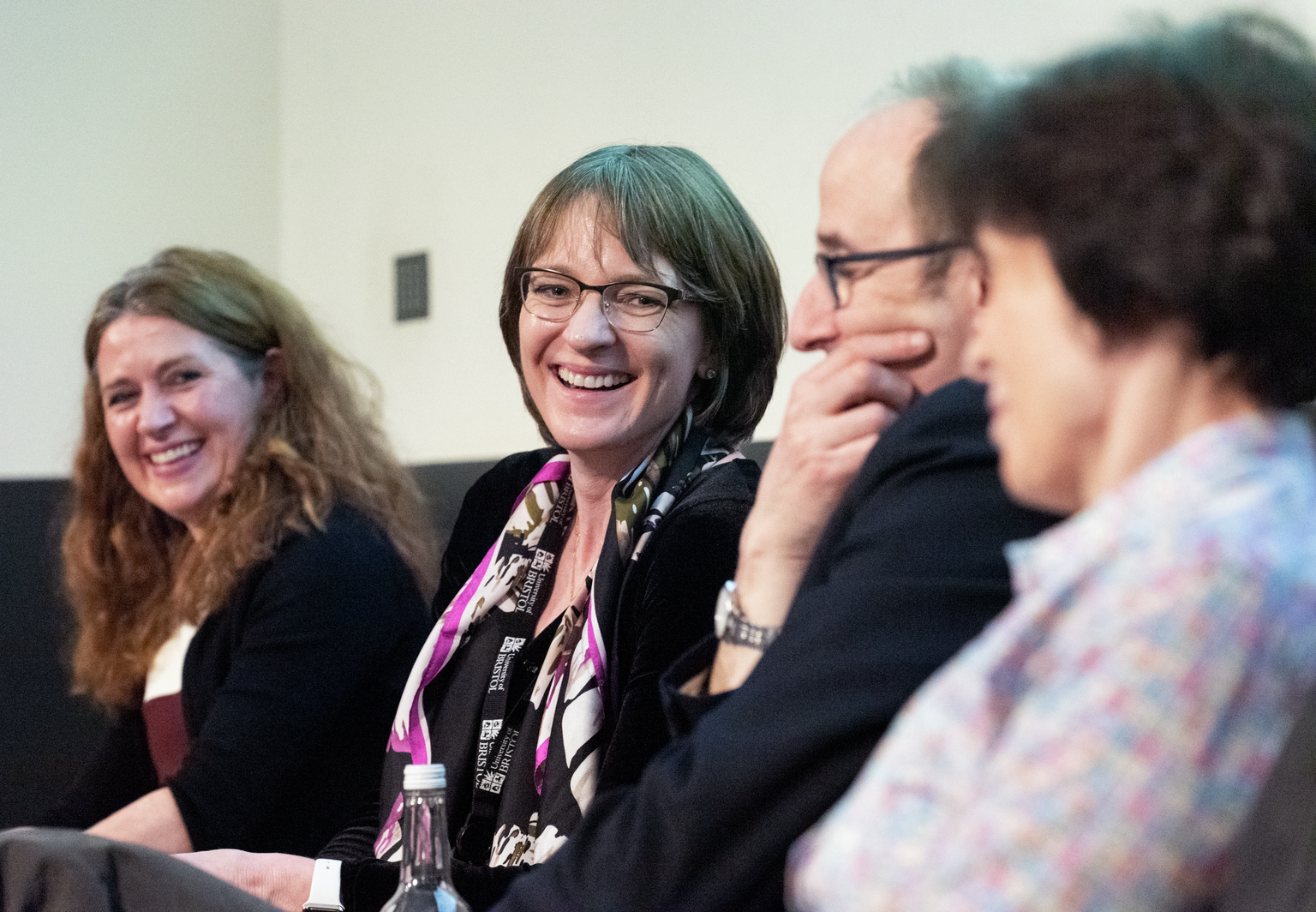
To round off the celebrations, Andrew Smyth, aerospace engineer, and Great British Bake-off finalist, made periodic table cupcakes, one for each of the 118 chemical elements.
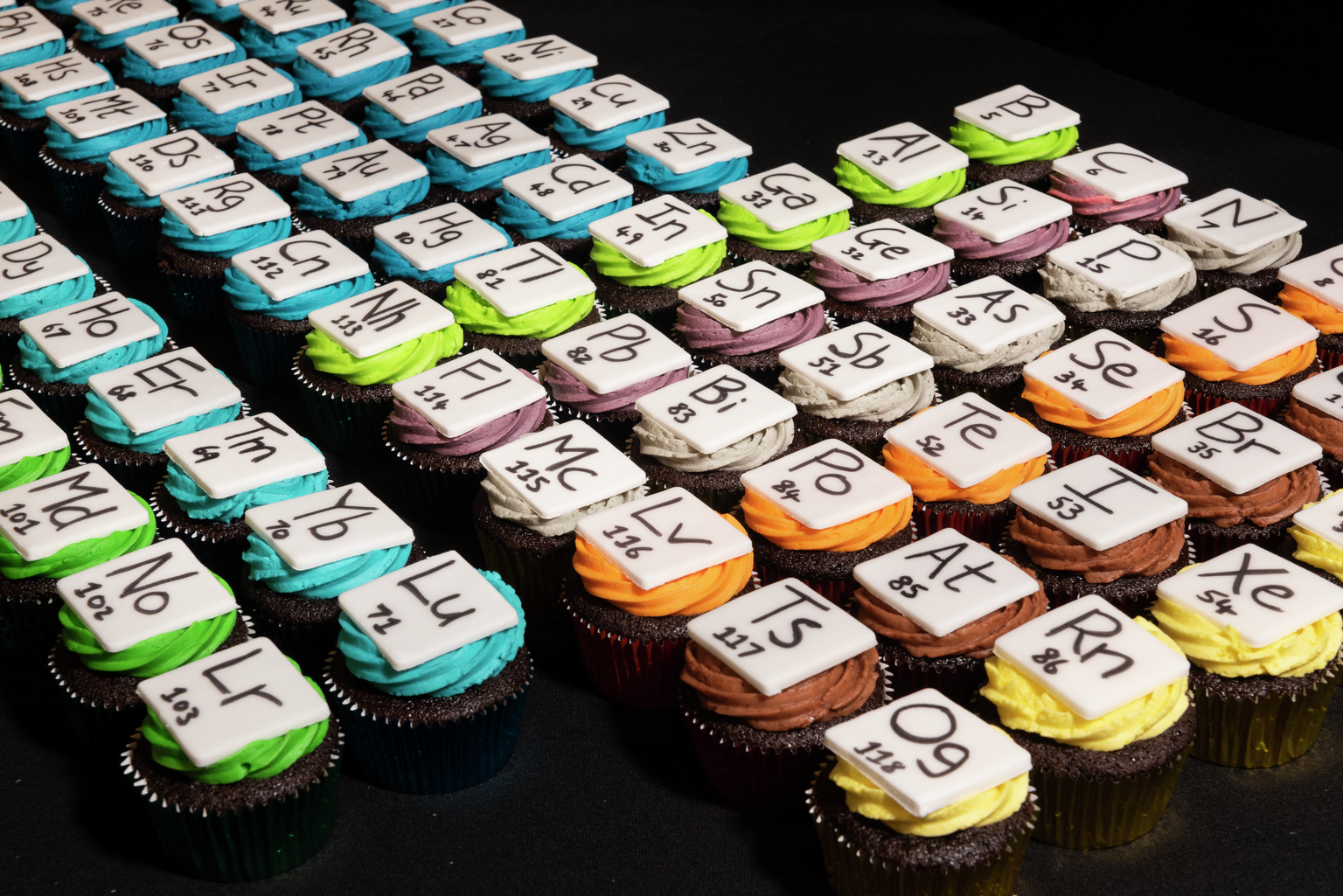
During ChemFest the Science Museum featured workshops and family shows which reached an audience of 12,565 adults and children. The 35 STEM professionals who took part also received audience engagement training from the Science Museum Academy, with invaluable support from the museum’s volunteers as well.

‘These workshops and shows were brilliantly popular and showed that chemistry is a cultural activity – we had a choir performance of a specially-commissioned piece on the periodic table sung by St Catharine’s College Girls’ Choir and Imperial College Choir’, Rupert recalled.
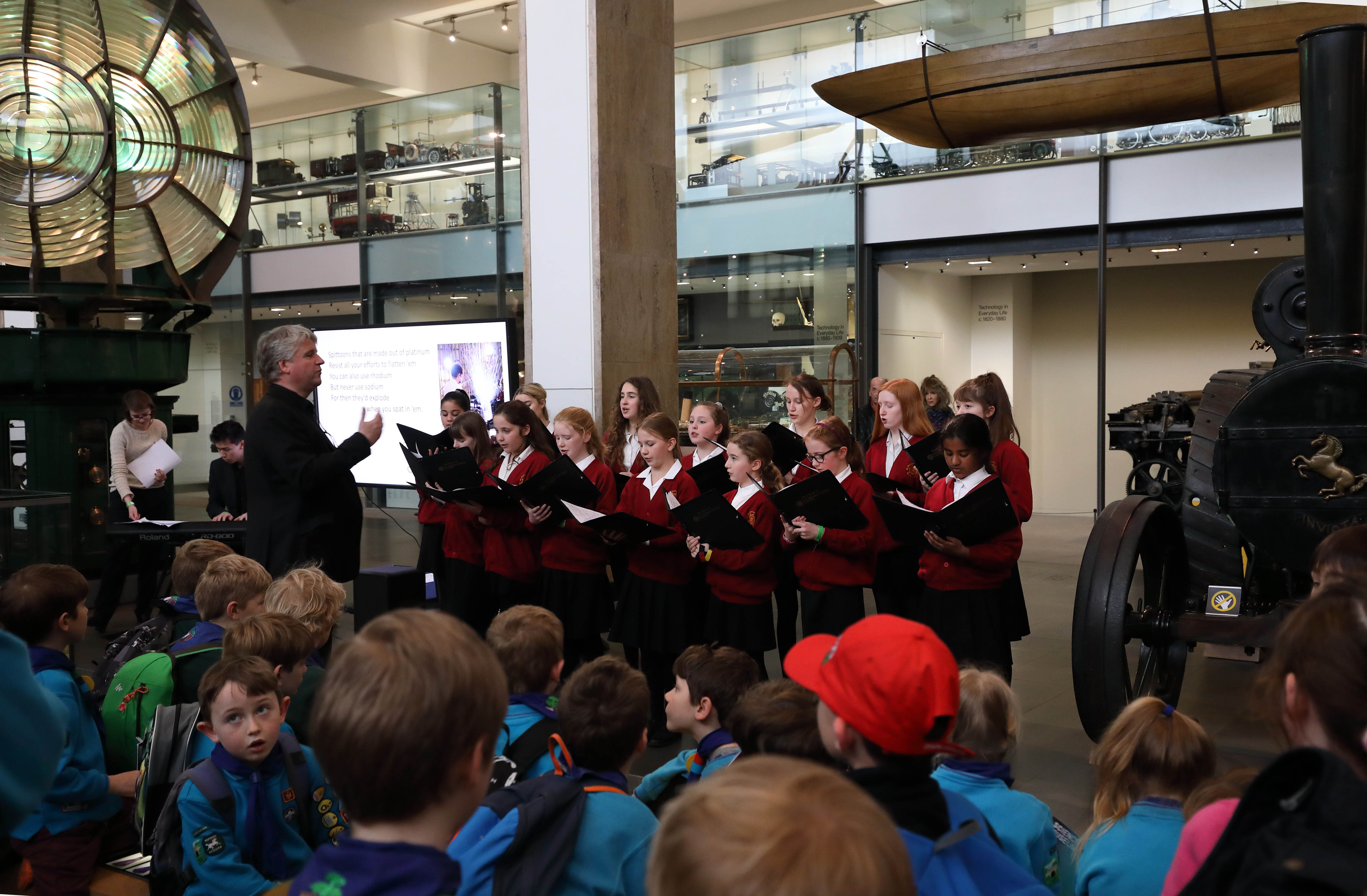
This choral piece, ‘Mendeleev’s Dream’ composed by Christopher Fox, was recorded and features on gallery alongside the periodic table display. It marks the 60th anniversary of the most successful attempt to bring this feat of elemental accountancy to a wider audience with music: The Elements song written in 1959 by Tom Lehrer.
Again, with the support of the Royal Society of Chemistry, we also ran two Easter family days, featuring performances by St Catharine’s Girls’ and Imperial choirs, and a show about the hidden world of atmospheric gases. STEM professionals and volunteers achieved a total of 9597 encounters with adults and children (far in excess of the 4000 we had originally planned).
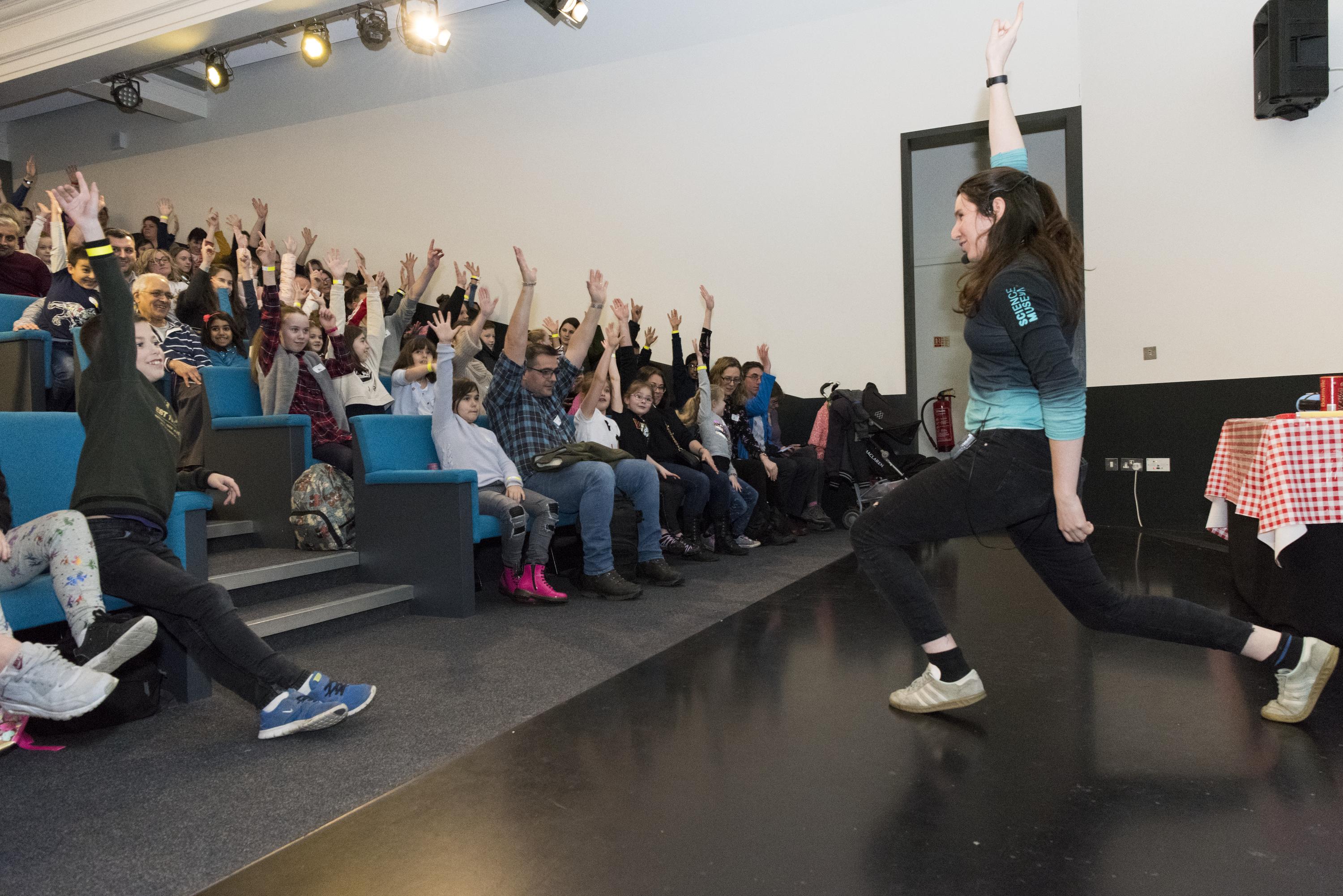
In neighbouring Imperial College, Dr. Peter Wothers gave an explosive demonstration lecture on the chemical elements to a packed family audience of around 400, and Rupert chaired a judging panel at the Salters’ Institute Festival of Chemistry, attended by 16 schools.
On the same day in April, there was a chemistry teacher event at the Science Museum in which the Royal Society of Chemistry showcased their school resources and activities as part of the museum’s monthly adults-only Lates, which was themed around all things chemical.
The audience of more than 3,000 people, mostly under the age of 30, could take part in activities such as ‘Elemental Guess Who?’, speed dating with a chemical twist and a Royal Society of Chemistry demonstration of the quantum magic behind fireworks, where colours can be understood in terms of electrons jumping between atomic orbitals.

The Lates evening ran workshops, including an over-subscribed opportunity for people to make their own slime, the opportunity to vaporise elements with lasers, periodic table twister, and use of neon face paints to explore the chemistry of colour.
From April to mid-July, professional chemists joined the Explainers at the Chemistry Bar in the museum’s spectacular Wonderlab interactive gallery to tell stories about chemistry to the 35,000 or so visitors, mostly children, who pass through each month.
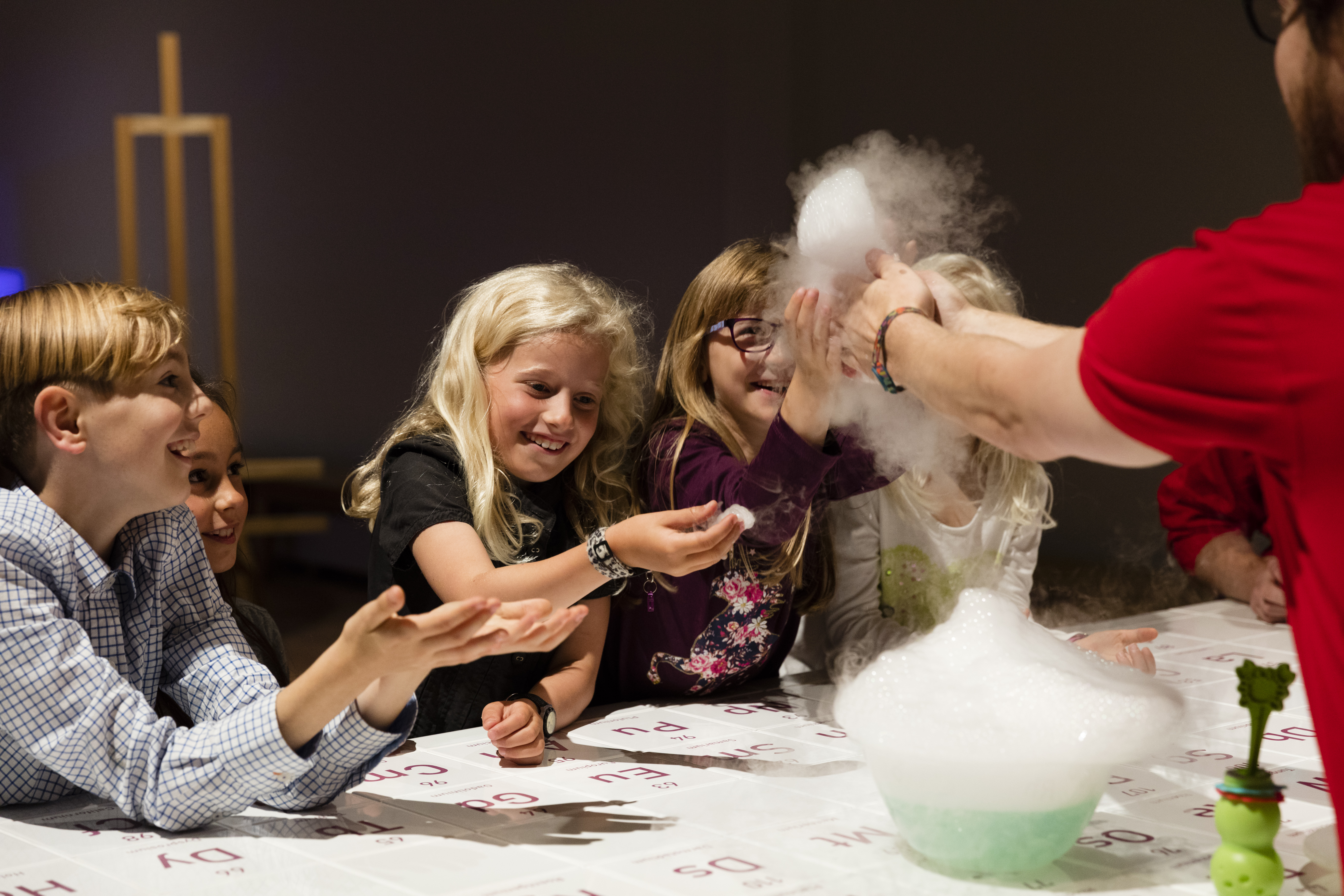
ChemFest also saw an academic gathering over the 10 – 11 of April. On the first day, the Science Museum hosted ‘Chemistry in Albertopolis’, exploring the history of chemistry in South Kensington and beyond, which brought together eminent historians and chemists for what Dame Mary called a ‘metaphorical and literal tour of key chemical South Kensington venues.’
Among the discussions, delegates saw a remarkable picture of women chemists at Imperial College and artworks from their student magazine, including one of Martha Whiteley, who led the earliest studies of chemical weapons during the First World War and was a leading campaigner for equal rights for women in chemistry.
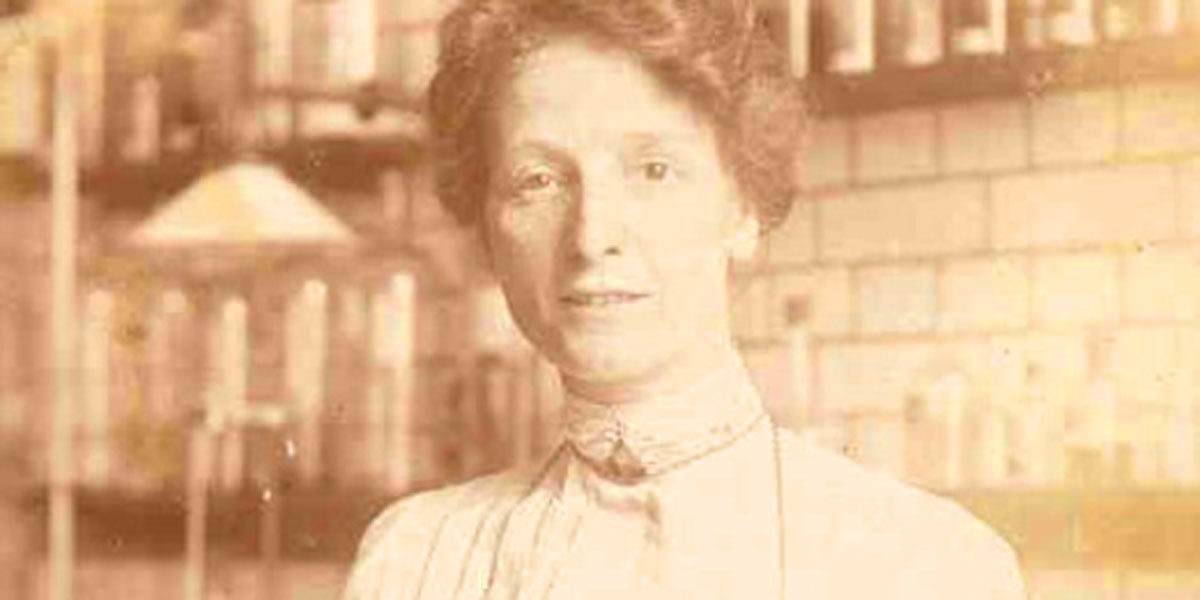
The conference concluded with a Director’s Lecture given by Sir Ian Blatchford on the Victorian chemist, Liberal politician and 1851 Commissioner Lyon Playfair, attended by 127 guests including Dr. Robert Parker, CEO of the RSC. Delegates enjoyed a celebratory drink afterward on the V&A loggia, which once saw students of the Royal College of Science conduct chemical experiments in the open air.
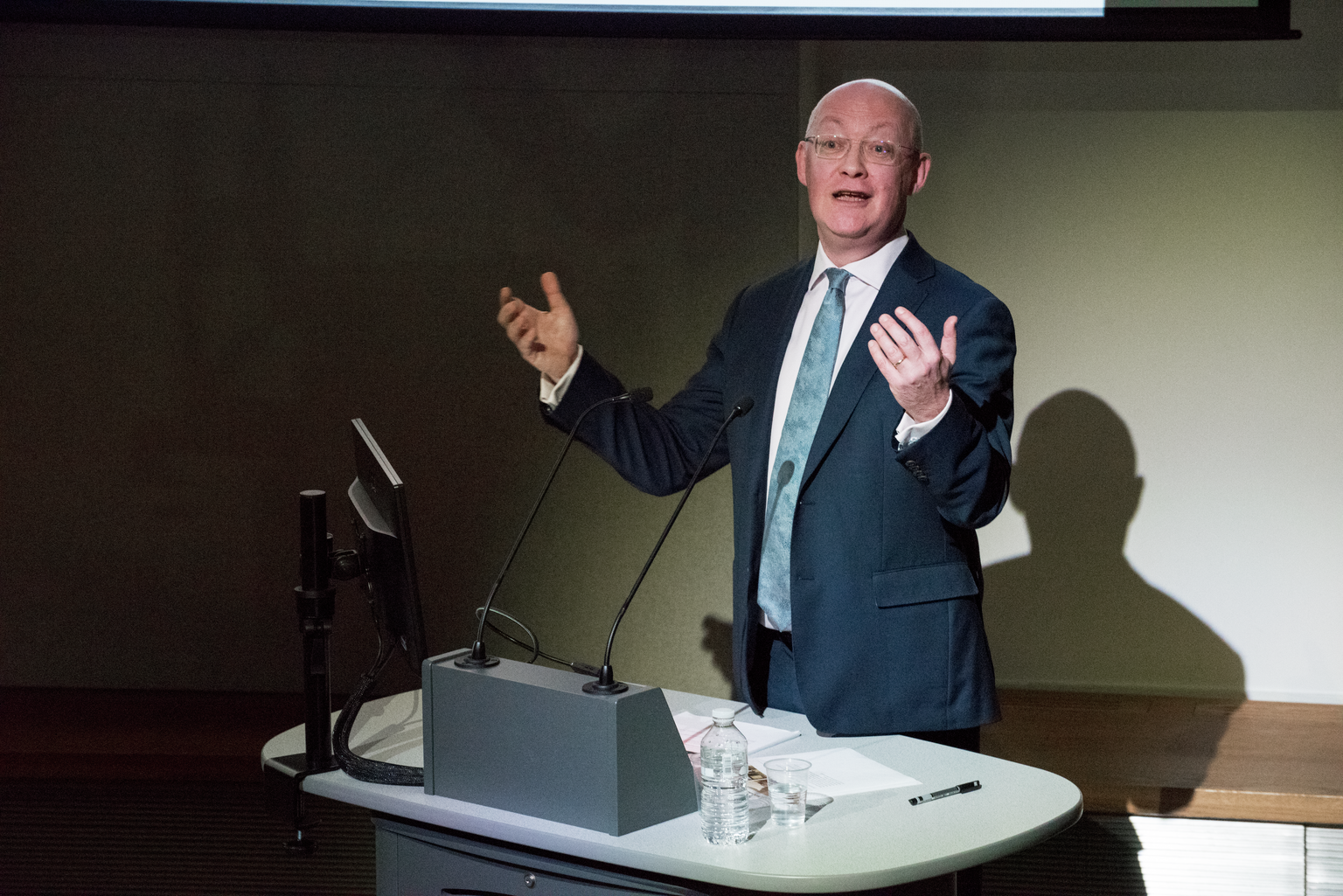
Chemistry In Albertopolis – Director’s lecture “Lyon Playfair: Chemist And Commissioner” by Ian Blatchford, part of Chemfest 2019 at the Victoria and Albert Museum’s Hochhauser Auditorium.
On the following day, Imperial College London hosted a sister conference, Chemistry Futures 2040, which explored the future of research in chemistry. More than 220 delegates attended its new White City campus.
As part of the day, Imperial’s Molecular Sciences Research Hub was officially opened by the Mayor of London Sadiq Khan with Imperial’s President Alice Gast, Dame Mary and Bernard Taylor, Chair of the Royal Commission for the Exhibition for 1851 among the audience.
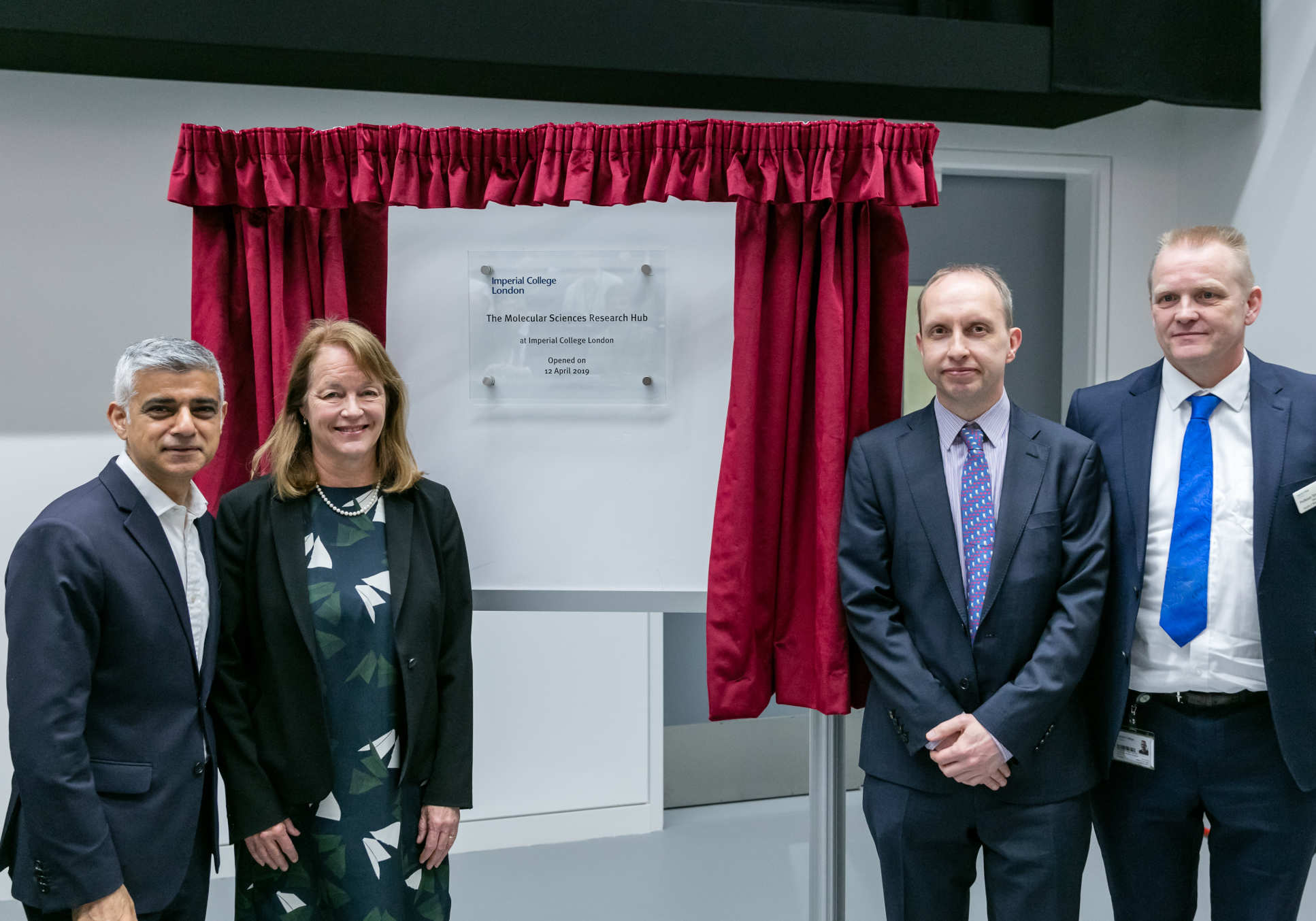
ChemFest events continued over the summer with tours of the Royal Institution archives, a Periodic Table Exhibition at the Royal Society of Chemistry, a tour of the Natural History Museum Core Research Laboratories, and, on 19 October, a Royal Institution event exploring the life of William Crookes, noted for his discovery of the element thallium and for his cathode-ray studies, which proved fundamental for the development of atomic physics.
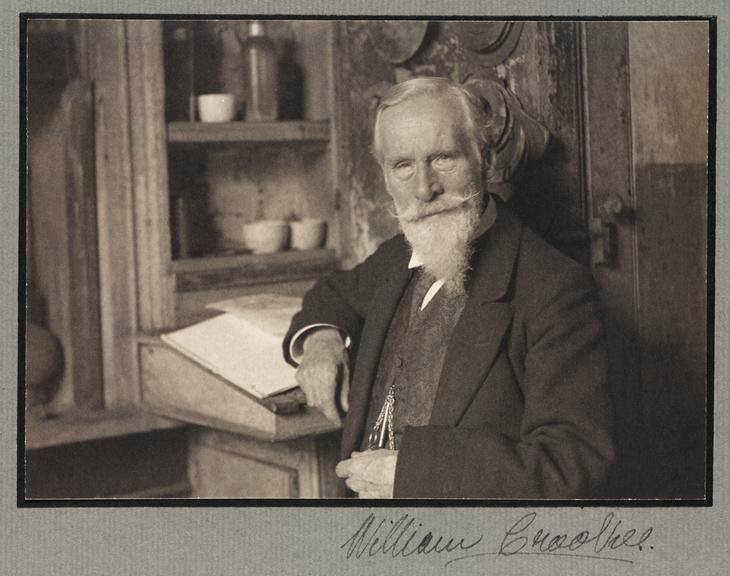
ChemFest has proved to be a hugely successful collaboration between some of London’s leading scientific and cultural organisations, the fruit of the labours of many colleagues in the Science Museum, notably Susan Raikes, Scott Mackenzie Cook, Hetty Tapper and Megan Bradbury, and, of course, our chair Dame Mary, who lit the blue touch-paper of the celebrations.
She thanked all her colleagues for their hard work along with the participants, including ‘the small boy who so carefully checked my Periodic Table shirt and pronounced it free of errors.’
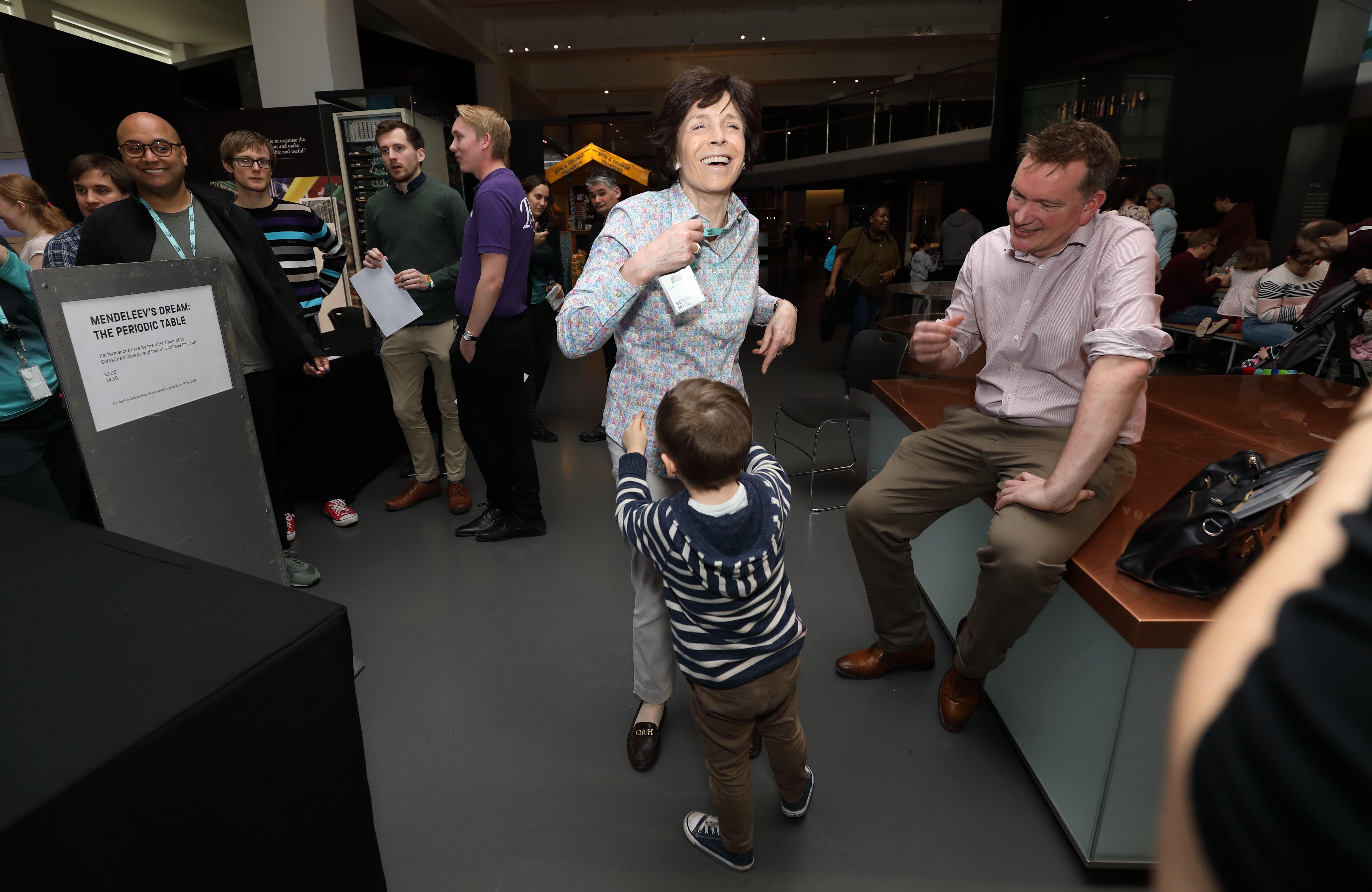
Rupert Cole is still collecting items from the worldwide Periodic Table ballyhoo, from home-made periodic tables to printed ephemera. If you have items you would like to donate, find out more here.
